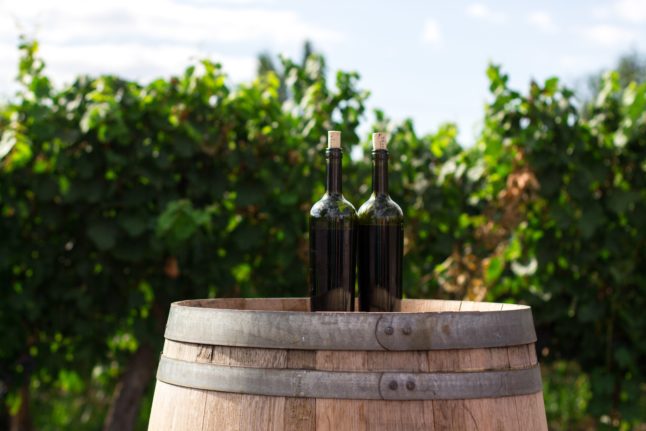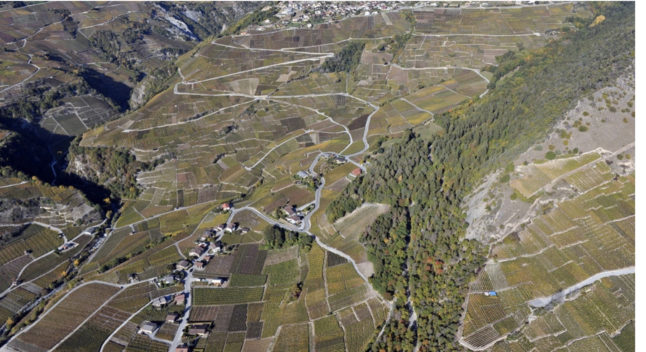The 1,407 bottles under the hammer are expected to sell for a total of around four million francs ($4 million, 3.6 million euros), the head of the Baghera Wines auction house Michael Ganne told reporters on Thursday.
Domaine de la Romanee-Conti, which takes its name from its most famous vineyard, is widely considered to be one of the world's finest wine producers.
Stored in perfect conditions for the past 15 years at the heavily-guarded Geneva Freeports customs-free zone, the bottles belong to a single investor who has asked to remain anonymous, Ganne said.
The collection is “unique” and “historic”, he said, explaining that it is extremely rare for more than 100 bottles from the prestigious estate to be auctioned at once.
Seven grand crus produced between 1952 and 2011 at the producer's Romanée Conti, La Tache, Richebourg, Romanée-Saint-Vivant, Grands Echezeaux, Echezeaux, and Montrachet vineyards will be sold off in 266 batches.
The estimates range from 1,600 francs for a 1966 bottle of La Tache to up to 200,000 francs for 12 bottles of an 1988 Romanée-Conti.
Grand crus — literally 'great growth' in French and indicating wine from France's best vineyards — produced by the tiny Domaine de la Romanée-Conti are so expensive largely because they are so rare.
Only 200 bottles are expected to be made there this year, and more than 100,000 people are on a waiting list to acquire a single bottle, Ganne said.
Sunday's auction will also offer up around 3,000 bottles of grand crus from Bordeaux, including an 1848 bottle of Yquem, with an asking price of 15,000 francs, and 12 bottles of a 1982 Petrus that are expected to sell for 45,000 francs.
Bottles of vintage champagne and Cuban cigars will also go under the hammer.
In total, the auction is expected to generate six to nine million francs in sales — more than double what was made at Baghera Wines' first auction last December.
Ganne said the wine auction should be “the most important one over the past two decades in continental Europe”.
But he acknowledged that the market for high-end wines had chilled in recent years, in part due to the economic slowdown in China, home to many of the world's top wine investors.
A recent crackdown by the Chinese government on corruption by banning extravagant gifts like expensive wines to public officials, has also reduced sales, Ganne said.
WINE
Rare wine expected to fetch millions at Geneva auction
More than 1,400 bottles of grand crus from Burgundy's renowned Domaine de la Romanée-Conti wine estate will be auctioned off in Geneva on Sunday in a sale expected to make millions.
Published: 19 May 2016 18:23 CEST

File photo: Quinn Dombrowski
Url copied to clipboard!



 Please whitelist us to continue reading.
Please whitelist us to continue reading.
Member comments